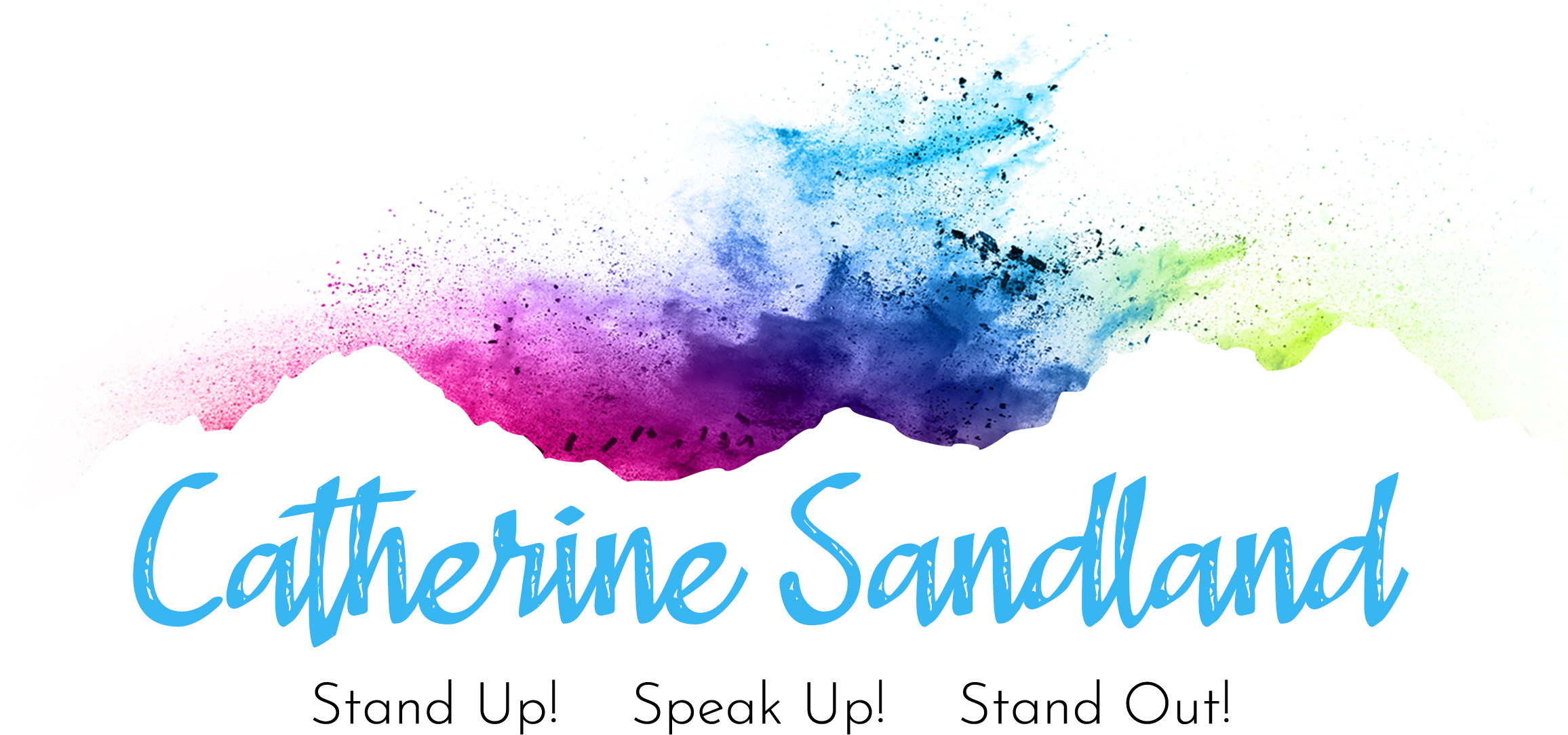Using puzzles to engage your audience
This vlog is about using puzzles to energise, participate and engage your audience.
Using puzzles during the course of your presentation
Here’s the summary if you don’t have the opportunity to watch the video.
Engage and encourage your audience using curiosity
There’s nothing worse than a presentation where you know what they’re going to say.
You’ve heard it all before, and there’s no particular reason for you to want to listen in any active or energized way, is there?
So, curiosity is a great way of engaging and encouraging people to really focus on and participate in what you’re saying.
Let your audience work it out
One of the ways that we could do that is using puzzles during the course of our presentations. Things that we drop hints about, or things that we drop into our presentation, and then let the audience have a little go at working something out.
It’s a bit like when you watch TV drama, or a film, and you are trying to work out where it’s going, and either you get it right or you get it wrong. I was watching something recently, and I think I got to the fourth episode of six, and I thought, ‘I think I know what this significant moment is’. Of course, I was totally wrong, but my goodness didn’t that make me listen to episode five and episode six to see if I was right or to see whether I was wrong.
Setting a puzzle in a talk is a really powerful way of the audience going and trying to work it all out on your behalf.
How cool is that?
Examples of puzzles
Phrases that generate puzzles are phrases that start off with:
‘well, what would happen if?’
and you’d give a scenario.
‘Could you guess what happened next?’
And then let them see if they can guess that.
‘How many of us have ever been in this situation?’
and we deliver a scenario there.
‘How might that work out if we did?’
could be another sentence that gets people working about a puzzle.
And the real biggie is when you say to people
‘imagine if’
because then they go inside and they create this imaginary scenario.
So, stories and scenarios and questions a great way of setting puzzles.
Give it a try
The next time you’re speaking in public, see if you can set your audience a couple of puzzles to work out as they’re listening to you, and notice the difference in terms of how engaged and participatory they are.
Find out more about creating curiosity as you prepare your presentation in this vlog.
If you have questions about questions, then please get in touch.
